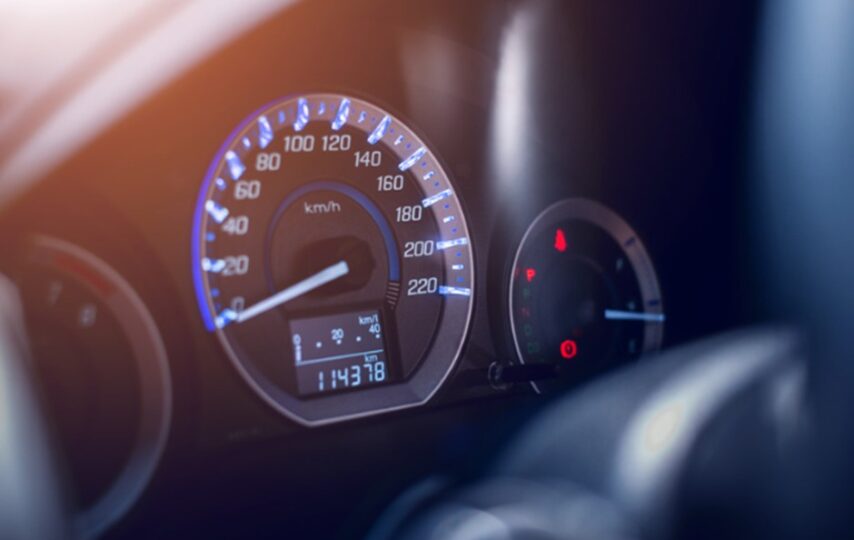The VDC (variable duty cycle) generator is a vital component of a car’s electrical system. It is responsible for producing the required amount of electricity needed to power the car’s various electrical systems. However, just like any other car component, the VDC generator is susceptible to problems and faults. These issues can lead to a host of problems, from poor electrical performance to complete electrical failure.
In this post, we will look at some of the common issues that can occur with a car VDC generator and how to troubleshoot them.
If you’re interested in learning about how work car vdc generator, check out our article on “The PowerHouse Under Your Hood: How Work Car Vdc Generator?”
- Battery Not Charging
One of the most common issues with a VDC generator is that the battery may not charge. If this happens, it means that the VDC generator is not producing enough electricity to charge the battery. This issue can occur due to several reasons, including:
- A faulty alternator belt
- A bad VDC regulator
- A defective VDC generator
- A broken or loose wire in the charging system
To troubleshoot this issue, you need to check the alternator belt first. Make sure that it is tight and in good condition. If the belt is okay, then you need to check the VDC regulator. Use a multimeter to test the voltage output from the regulator. If the voltage output is low, then the regulator may be faulty. If the regulator is okay, then you need to check the VDC generator. Again, use a multimeter to test the voltage output from the generator. If the voltage output is low or non-existent, then the generator may be faulty.
- Battery Overcharging
Another common issue with a VDC generator is that it can overcharge the battery. Overcharging can damage the battery and other electrical components of the car. This issue can occur due to several reasons, including:
- A faulty VDC regulator
- A defective VDC generator
- A broken or loose wire in the charging system
To troubleshoot this issue, you need to check the VDC regulator. Use a multimeter to test the voltage output from the regulator. If the voltage output is too high, then the regulator may be faulty. If the regulator is okay, then you need to check the VDC generator. Again, use a multimeter to test the voltage output from the generator. If the voltage output is too high, then the generator may be faulty.
- Noise from VDC Generator
If you hear a noise coming from the VDC generator, then it may be due to a faulty bearing. A faulty bearing can cause the generator to produce a loud noise. This issue can occur due to several reasons, including:
- A faulty bearing
- A loose pulley or belt
To troubleshoot this issue, you need to check the bearing first. If the bearing is faulty, then it needs to be replaced. If the bearing is okay, then you need to check the pulley and belt. Make sure that they are tight and in good condition. If the pulley or belt is loose or damaged, then it needs to be replaced.
- Dimming Headlights
If your car’s headlights are dimming, then it may be due to a problem with the VDC generator. This issue can occur due to several reasons, including:
- A loose or damaged belt
- A bad VDC regulator
- A faulty VDC generator
- A broken or loose wire in the charging system
To troubleshoot this issue, you need to check the belt first. Make sure that it is tight and in good condition. If the belt is okay, then you need to check the VDC regulator. Use a multimeter to test the voltage output from the regulator. If the voltage output is low, then the regulator may be faulty. If the regulator is okay,
then you need to check the VDC generator. Use a multimeter to test the voltage output from the generator. If the voltage output is low or non-existent, then the generator may be faulty.
- Electrical Smell:
If you smell an electrical burning odor, then it may be due to a problem with the VDC generator. This issue can occur due to several reasons, including:
- A loose or damaged belt
- A bad VDC regulator
- A faulty VDC generator
- A broken or loose wire in the charging system
The belt should be checked as the initial step in troubleshooting. Check that it is secure and in excellent shape. If the belt is ok, then the VDC regulator should be checked. The regulator’s voltage output may be checked using a multimeter. If the output voltage is abnormally high, the regulator might be faulty. If the regulator checks out, the VDC generator is next in line for inspection. Check the generator’s voltage using a multimeter. The generator may be malfunctioning if the voltage output is excessive.
The Bottom Line
The VDC generator is a crucial component of a car’s electrical system, and any issues with it can lead to a host of problems. However, by following the troubleshooting steps outlined above, you can diagnose and fix many common issues with the VDC generator.
Remember to always exercise caution when working with the electrical system of a car, as it can be dangerous if mishandled. If you’re unsure about how to proceed, it’s always best to seek the assistance of a professional mechanic.








